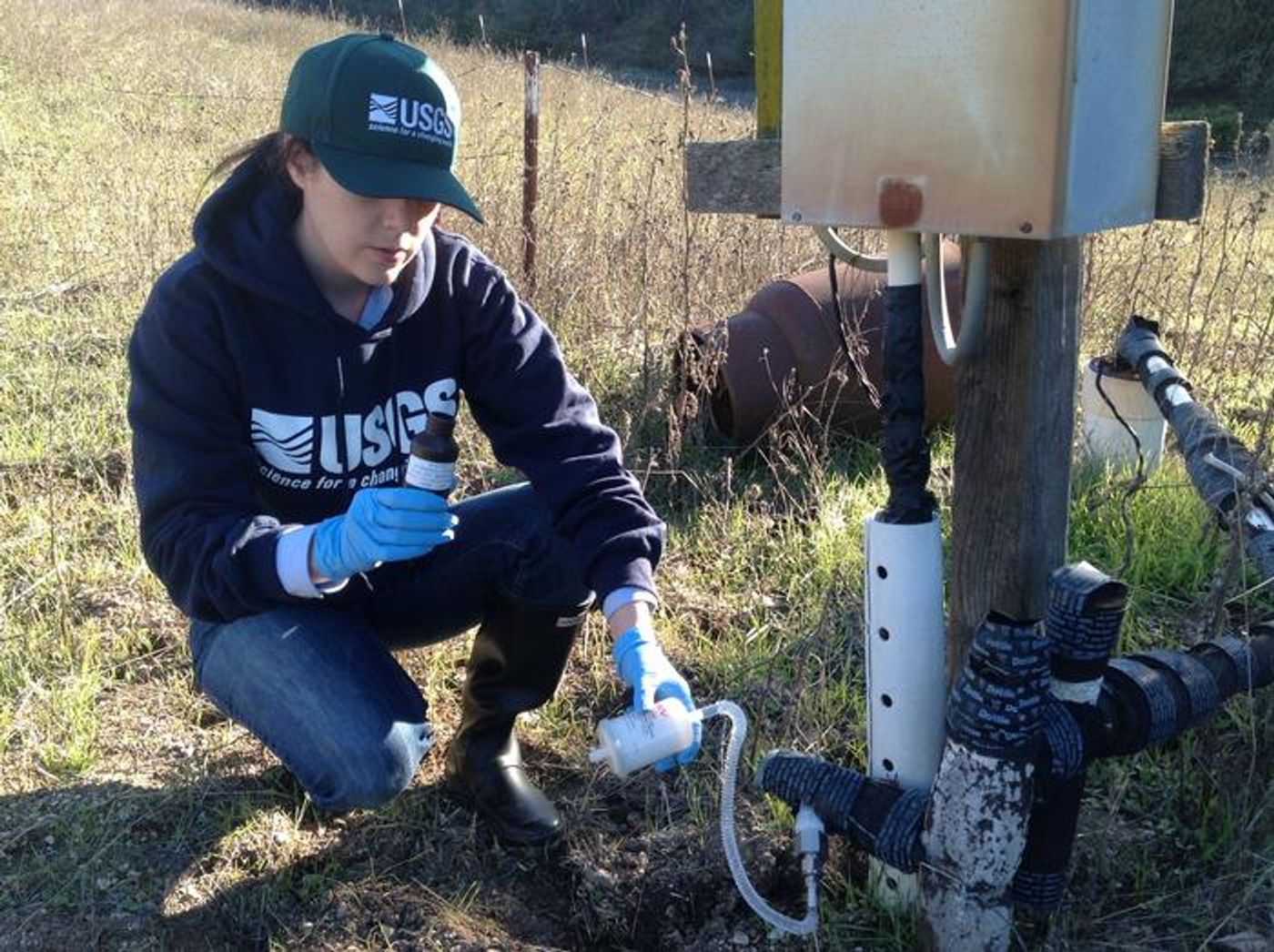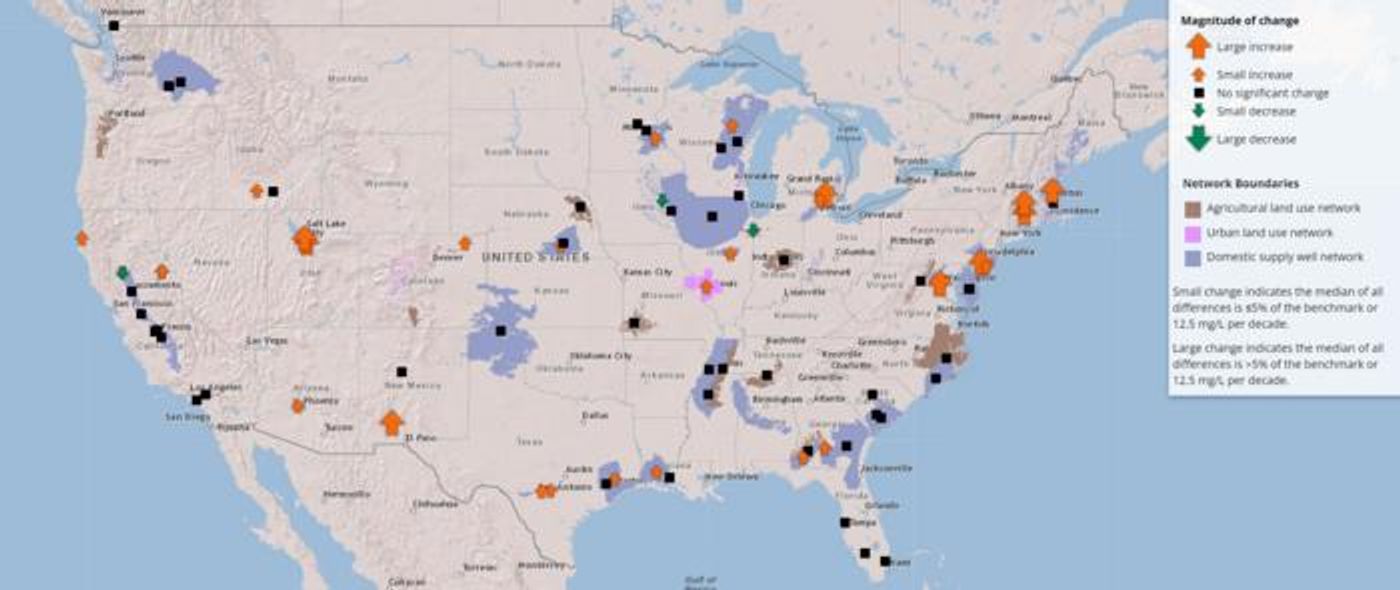Salinity on the Rise: USGS Study Highlights Concerning Groundwater Changes
A recent study being presented today at the Geological Society of America’s GSA Connects 2023 meeting examines variances in groundwater quality between 1988 and 2022 at several locations across the United States. This study was conducted by researchers at the United States Geological Survey (USGS) and is carrying out research originally conducted in 1992 as part of the National Water Quality Assessment Project, now known as the National Water Quality Network. This study holds the potential to help both scientists and the public better understand how water quality changes over time along with increasing awareness of such changes.
“The original goal was to evaluate the status of water quality in the nation, including groundwater, surface water, and ecological health,” said Dr. Bruce Lindsey, who is a USGS hydrologist and lead author of the study.
For the study, the researchers analyzed chemical concentrations across 82 networks of principal aquifers comprised of 20-30 wells in each network while collecting water samples from three varieties of networks: agricultural, urban, and domestic. While agricultural and urban wells typically exhibit depths of 30 to 50 feet and are regulated by the Environmental Protection Agency (EPA) or local government, domestic wells (aka private wells) are deeper but unregulated. Among the 1,640 to 2,460 wells analyzed for the study, the researchers pinned down 28 constituents to monitor that exhibited concerning levels of chemical concentrations, with water samples obtained every 10 years to monitor changes in those concentrations, and changes over 10-year periods can be observed on the USGS’s interactive map.
A USGS scientist seen gathering water quality data as part of this study. (Credit: USGS)
Screenshot from the USGS Decadal Change in Groundwater Quality program map displaying variances in chemical concentrations in groundwater during 10-year periods throughout the United States. (Credit: USGS)
“If we look at all 28 constituents across all 82 networks, dissolved solids, chloride, and sodium had statistically significant increases more frequently than any other constituents that we have on our list,” said Dr. Lindsey. “If you look at the map, you’ll see patterns right away that jump out.”
Such levels of chloride, sodium, and dissolved solids can wreak havoc on both the environment and infrastructure. For example, higher concentrations of chloride in water can cause imbalances that marine life has adapted to, and increased levels of dissolved salt ions can lead to increased corrosive water, which could erode household plumbing. Additionally, the team found that increased salt levels can lead to increased levels of the radioactive element, radium, putting human health at risk.
Despite these findings, Dr. Lindsey has noticed that industry and governments are taking steps to reduce the use of road salt, which is traditionally used for traction on icy surfaces. Such changes include reduced amounts of road salt or road salt that contains lower concentrations.
What new discoveries will researchers make about chemical concentrations in groundwater in the coming years and decades? Only time will tell, and this is why we science!
As always, keep doing science & keep looking up!
Sources: GSA Connects 2023, EurekAlert!, The Geological Society of America, USGS










